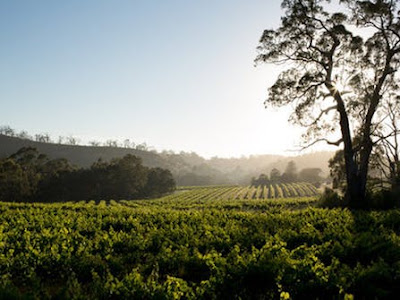 |
| Millbrook Estate in the Perth Hills. Picture: Frances Andrijich |
Western Australia is a wonderful place to visit (when you can).
Whether it’s the stunning scenery around Broome and the Kimberleys, with the Bungle Bungles and Windjana Gorge high on the to-see list, the waters around Ningaloo Reef and its majestic whale sharks, the amazing Wave Rock near Hyden, the tall trees of the timber country around Pemberton, the caves and beaches of Margaret River, the coastal country around Esperance or the National Anzac Centre in Albany, there is something for just about everyone to enjoy.
And as for wine _ from the Swan Valley, WA’s oldest wine region, through Margaret River, Geographe, Perth Hills, Peel, Blackwood Valley, Southern Forests or the Great Southern _ it’s a taste sensation.
Now, thanks to Wines of Western Australia, Wine Australia and Tourism Western Australia, you can explore the state’s various wine regions without leaving home.
The Wine Adventurer is an online and interactive wine tourism guide designed to inspire and inform international and domestic visitors to help plan trips into WA’s incredible and diverse wine regions.
 |
| Picardy Wines in the Southern Forest. Picture: Frances Andrijich |
Eight wine regions are featured in an easy-to-navigate e-brochure that includes each region’s unique wine tourism experiences and hero wine varieties.
Swan Valley, Perth Hills, Peel, Geographe, Margaret River, Blackwood Valley, Southern Forest and Great Southern each has a section with beautiful photography along with practical information such as driving distances, climate, harvest times, soil type as well as tips on what to eat, where to stay, what to do and must-see attractions.
The 60-page guide features more than just wine, there is a cross section of experiences including, authentic regional dining, art and museums and cosy vineyard stays.
The Wine Adventure can be found at WesternAustralia.com and at










